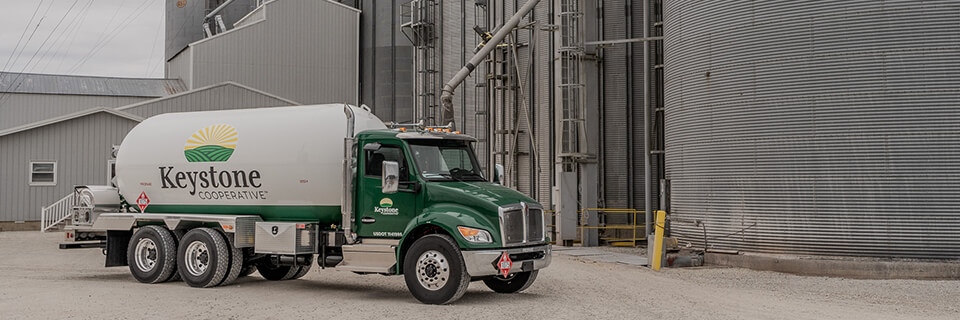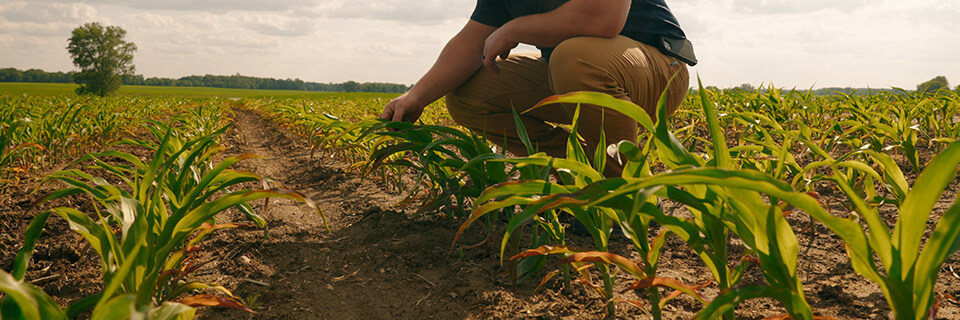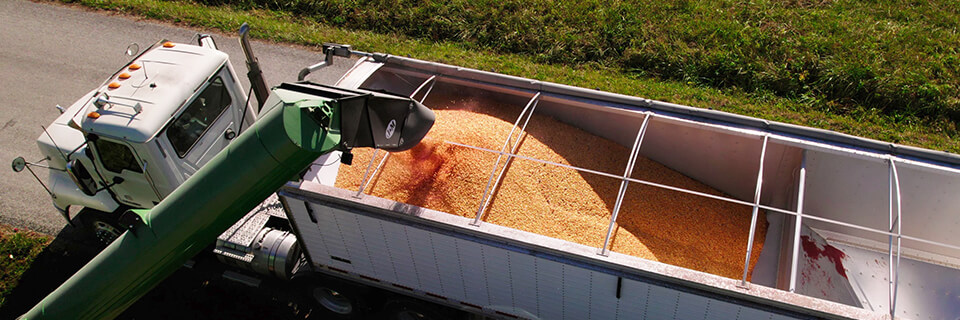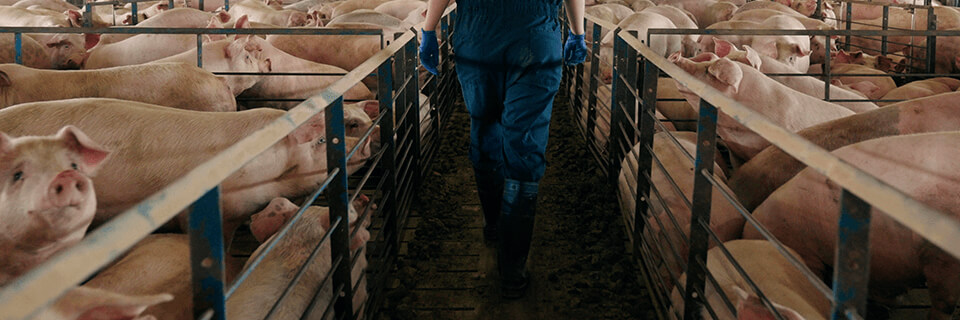QUICK LINKS
Indiana Gasoline Tax Exempt | Indiana Tax Exempt | Ohio Tax Exempt | Michigan Tax Exempt
Federal Tax Exempt - Diesel | Federal Tax Exempt - Gas
W9 | Member Application | Credit Application

We agree: There’s no place like home. That’s why we provide clean, safe propane to thousands of homes in Indiana, Ohio and Michigan. Our safety standards can give you peace of mind, while our outstanding service tells the story of being locally owned and operated.
We also strive to keep your wheels turning. Keystone offers premium quality fuels and lubricants to farms, municipalities, and school systems. The difference is in our service and being locally owned gives you assurance of timely, guaranteed satisfaction.

We are centered on the endurance of the family farm, the opportunities for growth, and the promise of progression through conserving the very same resources those who settled this land relied upon. We believe in working to consistently make the next right decision, to ensure fertility, growth and profitability in agriculture. We invest in people, technology and assets to deliver a broad mix of agronomic solutions to fit every grower’s unique needs and goals.

We understand that every connection is based on trust. You can count on our Keystone grain team for honest conversation, excellent local service, and personalized marketing strategies designed to meet the goals of your family farm.

Diversity on the farm opens a world of opportunities and allows for longevity for the next generation. Our swine division combines advanced animal husbandry practices, strategic nutrition goals and dependable delivery to play a vital role in producing safe, affordable protein to Americans. We believe in formulating the most production-efficient rations for your profitability using quality ingredients that promote productivity and excellent herd and animal health.